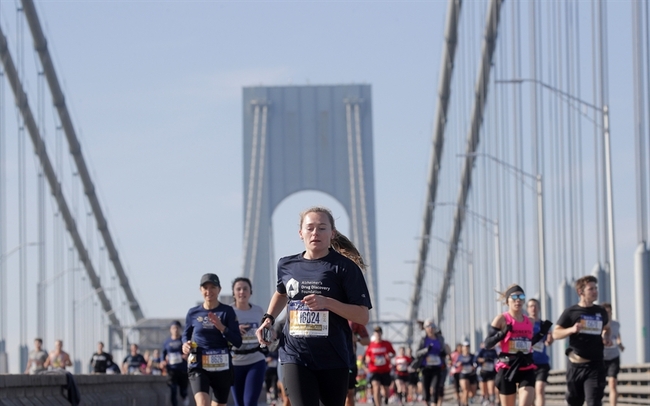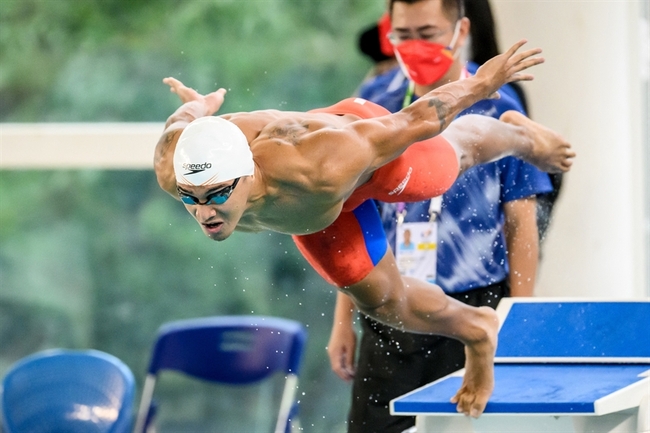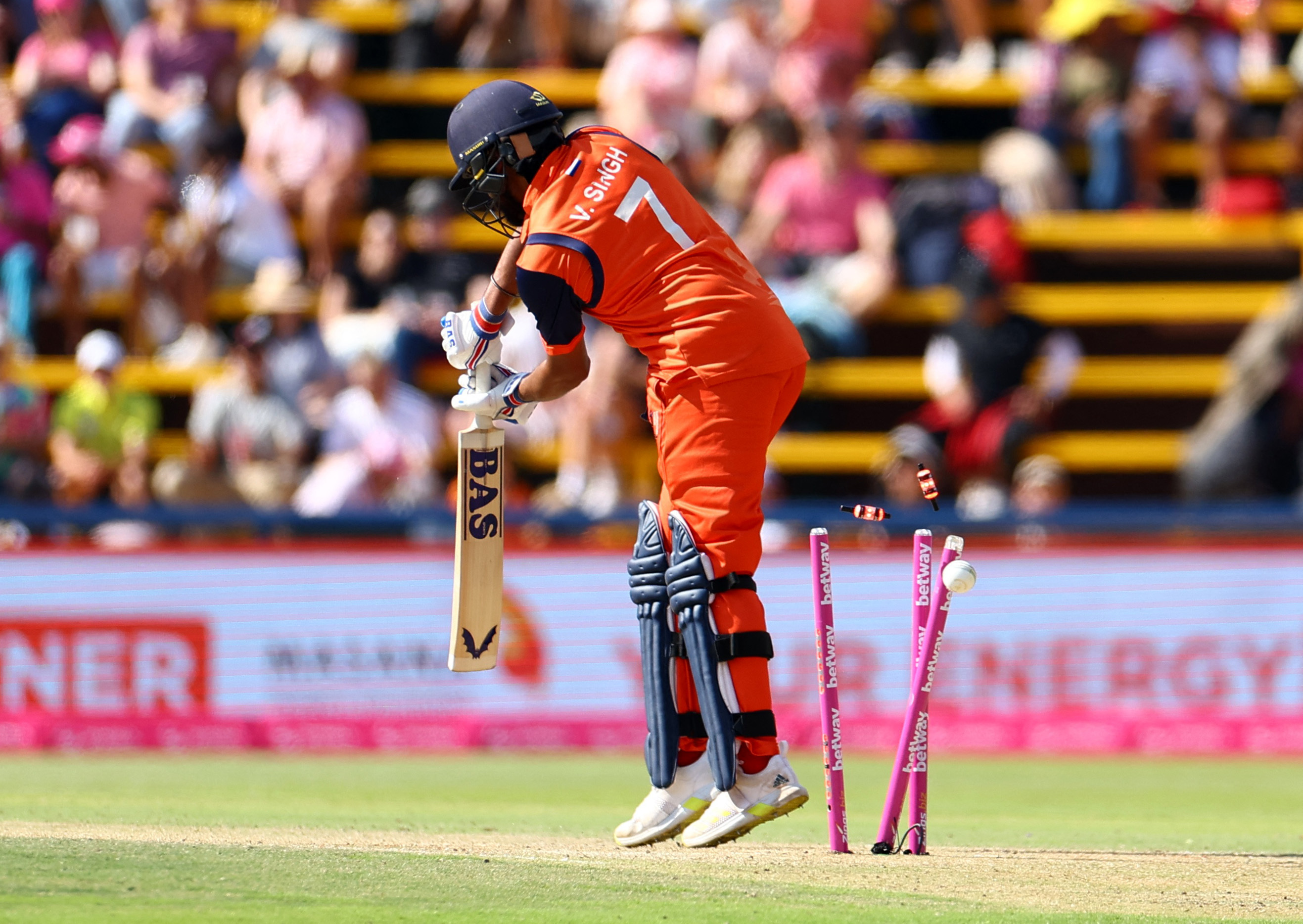You are viewing 1 of your 1 free articles
Cover me! Understanding dermatology in Sports and Exercise Medicine – part I
The skin is the body’s largest organ and lies at the interface between the athlete and the sports milieu. In this series, Nella Grilo discusses dermatological conditions pertinent to athletes, such as traumatic injuries, environmental insults, infections, precancerous lesions, and skin cancer. In part one, Nella will explore the anatomy and function of the skin.

Cycling - Tour de France - Stage 3 - Lorient to Pontivy - France - Team Jumbo–Visma rider Primoz Roglic of Slovenia crosses the line Pool via REUTERS/Benoit Tessier
Introduction
Almost all athletes, to some degree, are exposed to the environment. Whether it’s winter, summer, water, or indoor sports, all are associated with potential skin damage. In addition, each sport has its own unique set of risk factors and diseases. For example, water interferes with skin in aquatic sports, resulting in dryness and eczema. However, the most significant danger for outdoor athletes is sun exposure and the risk of developing malignant tumors.
In the general population, one in five Americans will have skin cancer before turning 70(1). In addition, the risk of non-melanoma skin cancer has increased by 77% in the last 15 years(2). However, endurance athletes spend a lot of time training and racing in the sun, and the incidence of skin cancer in outdoor athletes is higher than in the general population(1,3).
Long periods of sweat may remove sunblock, resulting in increased exposure to harmful ultraviolet (UV) rays. In addition, the exposure time increases the risk of harm in athletes who compete outside or in aquatic sports. For example, researchers at the Bond University in Australia found that surfers are three times more likely to get melanoma than non-surfers, potentially due to the sun reflecting off the water(4). Swimmers are also at a higher risk as sunblock is less effective when wet(4).
Skin anatomy
Mature skin consists of the epidermis and its appendages, the dermis, and subcutaneous fat (see figure 1)(5,6).
Epidermis
Keratinocytes
The keratinocytes, or squamous cells, are five layers in the epidermis. They divide, flatten and lose their nuclei while synthesizing keratin, a tough and pliable protein composed of highly protective tonofibrils. Although the average epidermal transit time for a keratinocyte is 28 days, it is much less for some diseases, such as psoriasis, which is only five days.
Melanocytes
Melanocytes are found in the basal layer and are specialized skin cell that produces the protective skin-darkening pigment melanin.
Langerhans cells
Langerhans cells are the pale dendritic cells found in the suprabasal layer. They are the antigen-presenting cells in the epidermis and play an essential role in immune function.
Merkel cells
Merkel cells are oval-shaped mechanoreceptors essential for light touch sensation.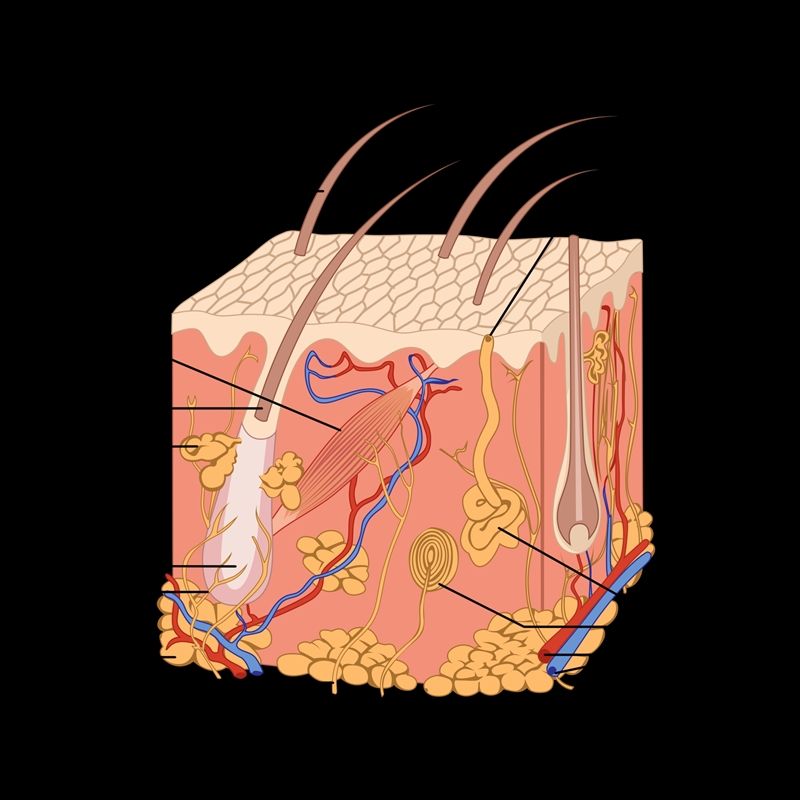
Figure 1: Skin cross-section
Epidermal appendages
Pilosebaceous unit
These are units formed by a hair with a sebaceous gland opening into the hair canal and lubricating skin and hair. The hair follicle is an invagination of the epidermis into the dermis, and it terminates around a richly vascular dermal papilla. The follicle part around the papilla actively divides and is the hair root. Three main varieties of human hair occur in different body parts(5,6).
The arrector pili muscles, responsible for ‘goose-flesh,’ attach to the follicle and are under autonomic control. These units occur everywhere on the body except for palms and soles. Hence, the fallacy that it is benign if a mole has hair growing out of it, as malignant lesions also have hair follicles(5,6).
Apocrine sweat glands
These are modified sebaceous glands localized to the axillae, nipples, perineum, and genitalia. Secretions are odiferous and are under endocrine and sympathetic control(5,6).
Eccrine sweat glands
These glands are distributed over the entire skin surface, secrete clear fluid containing electrolytes, and are under sympathetic control. Therefore, they are vital in thermoregulation and play a critical role during strenuous exercise(5,6).
Dermis
The epidermis is entirely dependent on the underlying dermis for support and nutrition. Collagen, which forms the bulk of the dermis, provides support. The other two proteins, elastin and reticulin are present in smaller amounts and contribute to extensibility and tensile strength. The sun causes accelerated aging in these proteins, also known as photoaging. This results in the skin sagging and wrinkling, a common sign in athletes who train and compete outdoors due to prolonged sun exposure. Although it is a cosmetic inconvenience, for the most part, it indicates the damage caused and, thus, the increased risk of developing skin cancer(5,6).
Fibroblasts are the most numerous cells in the dermis and are responsible for synthesizing all three proteins. Macrophages, mast cells, and lymphocytes are also typical dermal cellular components, but certain pathological states increase their numbers, some of which are aggravated or induced by exercise(5,6).
The ground substance contains the cutaneous vasculature, nerve supply, and skin appendages. These structures are vital in thermoregulation which is essential for athletes as the sun can interfere with their proper functioning during strenuous exercise(5,6).
Nails
The nail is formed from an epidermal invagination and is predominantly hard keratin. Nails assist in grasping small objects and protect the fingertip from trauma. The nail plate grows out from the nail matrix and rests on the underlying nail bed (see figure 2). Fingernails grow an average of 0.1 mm per day, requiring four to five months to replace a complete nail plate. The growth is much slower for toenails, with 12 to 18 months needed to replace the great toenail(5,6).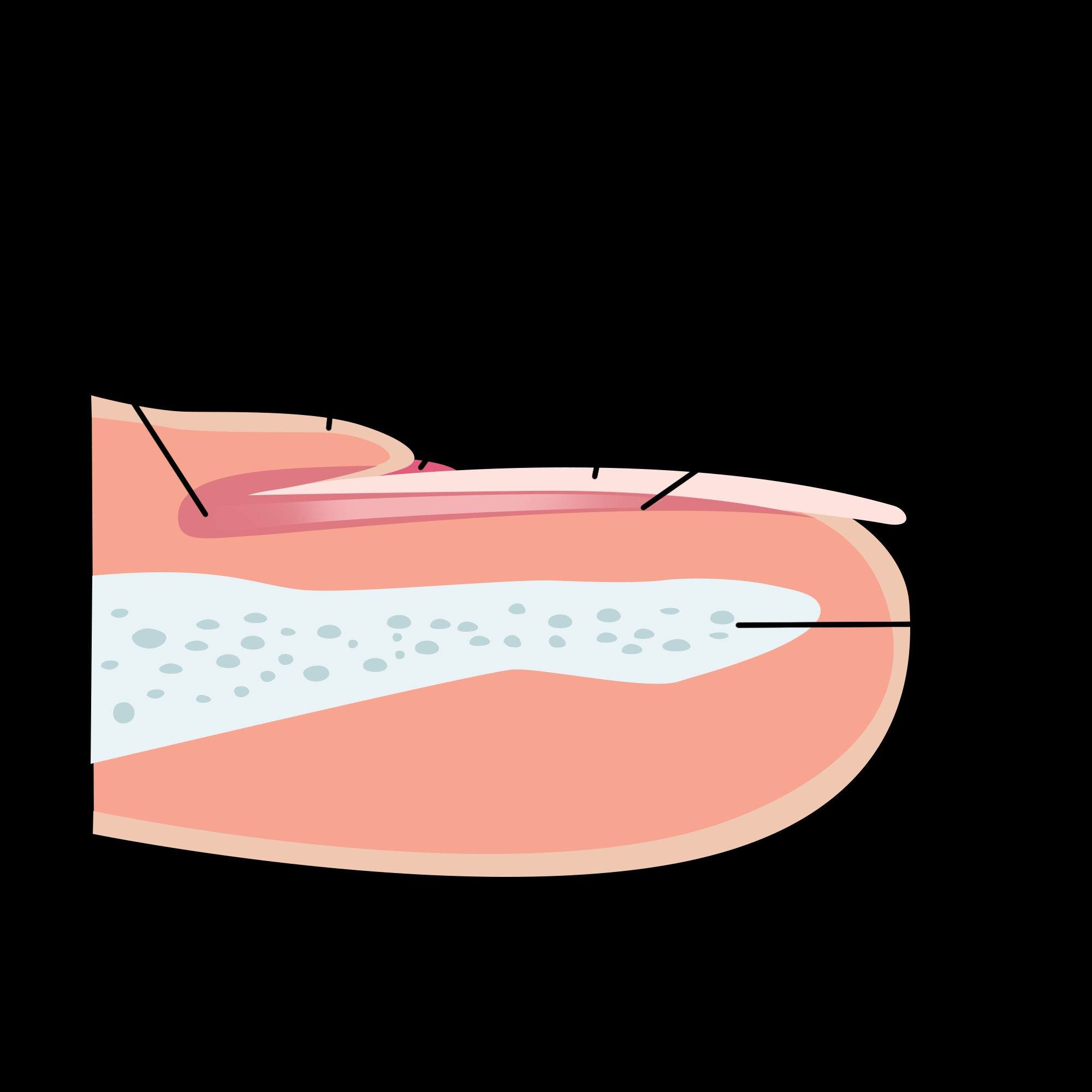
Figure 2: Nail unit cross-section
Subcutaneous Fat
This layer is also known as the hypodermis, and it provides insulation for warmth and shock absorption for the surrounding vital organs(5,6).
Table 1: Summary of the characteristics, structure, and function of the skin(5,6).
| Skin layer | Characteristics | General function |
|---|---|---|
| Epidermis |
|
|
|
Dermis |
|
|
| Subcutaneous tissue |
|
|
Conclusion
Pathology of the skin can interfere with localized and global functions. Athletes are prone to more skin conditions than the general population, and prolonged exposure to environmental factors exacerbates the risk of pathology. The three layers of the skin form an effective barrier to the external environment, allow the transmission of sensory information and serve a significant role in maintaining homeostasis. Collagen and elastic filaments of the dermal layer provide the underlying tensile strength of the skin. The high rate of cell proliferation in the epidermis and epithelial tissue and the frequent exposure to physical and chemical damage results in the exceedingly high incidence of skin cancers in humans.
Skincare is essential for physical health, specifically for the athlete. Preventing, treating, and detecting pathology is paramount to ensuring peak physical condition. In addition, skin health knowledge will improve the holistic treatment of athletes recovering from an injury, surgery, or participating in rehabilitation. In the remainder of the series, we will uncover skin pathologies experienced by athletes and provide clinicians with an understanding of the prevention, identification, and management of these conditions in the active population.
Reference list
- Arch Dermatol 2010; 146(3):279-282.
- Curr Dermatol Rep 2014; 3(1):40-45.
- JAMA Dermatol 2015; 151(10):1081-1086.
- Photoimmunology and Photomedicine 2016; 32(4)
- MacKie, Rona. Clinical Dermatology: An Illustrated Textbook. 2nd ed., Oxford University Press, 1986.
- Md, Berger Timothy, and Odom Richard Md. Andrews’ Diseases of the Skin: Clinical Dermatology. 9th ed., Saunders, 2000.
Further reading
Newsletter Sign Up
Subscriber Testimonials
Newsletter Sign Up
Coaches Testimonials
Be at the leading edge of sports injury management
Our international team of qualified experts (see above) spend hours poring over scores of technical journals and medical papers that even the most interested professionals don't have time to read.
For 17 years, we've helped hard-working physiotherapists and sports professionals like you, overwhelmed by the vast amount of new research, bring science to their treatment. Sports Injury Bulletin is the ideal resource for practitioners too busy to cull through all the monthly journals to find meaningful and applicable studies.
*includes 3 coaching manuals
Get Inspired
All the latest techniques and approaches
Sports Injury Bulletin brings together a worldwide panel of experts – including physiotherapists, doctors, researchers and sports scientists. Together we deliver everything you need to help your clients avoid – or recover as quickly as possible from – injuries.
We strip away the scientific jargon and deliver you easy-to-follow training exercises, nutrition tips, psychological strategies and recovery programmes and exercises in plain English.
